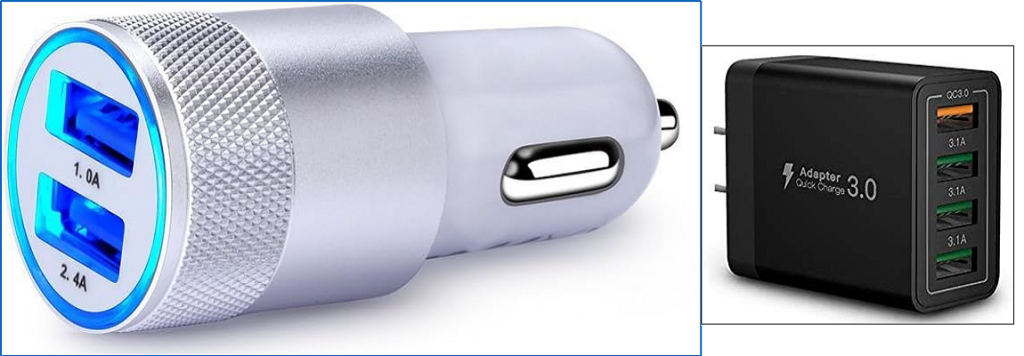Why do some Chargers recharge your e-devices faster than others?

Here’s a few basics you ought to know about Chargers:
.A smartphone battery can only utilize fast charging for a limited time. Faster power input is stored in the lithium-ion cell or battery, thereby generating additional heat. This means that fast charging creates more heat than standard “slow” charging does. This could be an issue because excessive heat will degrade lithium-ion batteries. In-other-words, fast charging may shorten the battery’s lifespan.
Watts (W)— represent the amount of energy the charger can push toward your e-device at once. In simple terms, Watts measure how fast work is done or how quickly energy is transferred.
Electrical current is measured in “amps” / “A”. The quantity (number) of amps tells you how much electricity is being drawn through the power cable to the e-device. In simpler terms, amps measure the amount of electric current flowing through a wire or circuit.
Higher amps result in a faster charging time! There is a bit of good news though, an e-device will draw only the amount of amperage it needs, sooo, the old urban legend that “pushing too many Amps beyond a full charge is bad” simply is not true! Simply put, an e-device can not somehow draw “too many amps.” Still, the risk of overheating an e-device’s lithium-ion battery stands when high amp input is utilized!
In summation, expect the 3.1A Wall Charger displayed above to charge faster than the 2.4A Automobile Charger also shown above.
__________________
Can You Imagine That